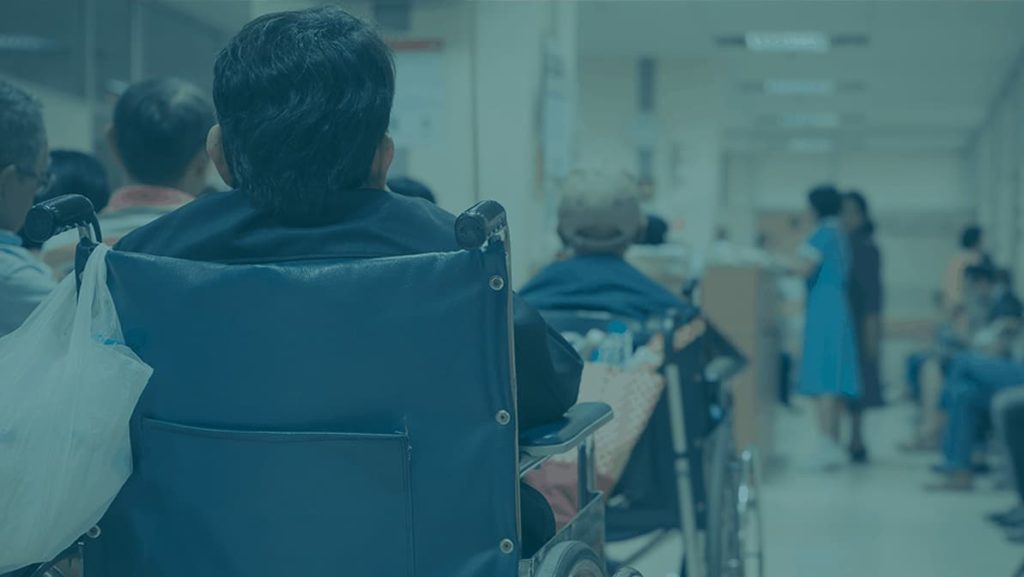Training Specific to Healthcare Requirements and Needs
Security guard training is essential for any industry; however, when in the healthcare space, specialized training is critical. In the case of the COVID-19 pandemic, security guards must be trained to identify COVID-19 symptoms to prevent further spreading – either internally within security staff or externally, when protecting healthcare facilities and managing visitor areas. Here’s what you can do to train your security team to become aware of healthcare staff needs, in order to mitigate risk:
- Crisis management training, such as crowd management, interpersonal communication training
- De-escalation training for specialized posts, like for Emergency Room (ER) security or dealing with homeless or incarcerated patients
- Training to recognizing COVID-19 symptoms
Mitigating Potential Visitor Violence
Maintaining healthcare staff safety and security can go a long way towards contributing to healthcare efficiency. During this pandemic, it’s essential that security guards and personnel can mitigate visitor violence due to frustrations or lack of healthcare resources to go around, such as beds or medical equipment. Here are a few tips to improve visitor safety:
Maintain Consistency
When visitor security policies are in place, be sure that they are followed rigorously. This includes up-to-code health standards, such as maintaining social distancing and washing hands for COVID-19.
Emphasize Importance of Health Standards
Visitors can feel frustrated; for this reason, it’s important for security guards to tap into their de-escalation training to manage potentially problematic situations and to communicate the importance of abiding by health standards.
Evaluate Past Visitor Violence
As part of any security plan, it’s important to understand common causes of visitor violence, especially in areas such as the Emergency Room (ER).
Make Use of Established Visitor Management Systems
Healthcare staff have set protocols for managing patient visitors. Ensure your security guards help implement them in order to have continuity.
What Vulnerabilities Can Technology Alleviate in Terms of Healthcare Violence?
Your security team is only as good as the tools used to uphold safety. When it comes to healthcare security, there are a few things to take note.
Communication is Key for Preventing Security Silos
Communicating effectively to a distributed workforce can be a challenge. Look for a solution that allows for the creation and distribution of post orders that ensure they are understood, acknowledged, and completed with accuracy.
Maintaining Up-to-Date Training is Essential
Compliance requirements vary from different municipalities. A proper solution will allow for the creation of customizable training modules to help you ensure staff is up to date with safety and security procedures and requirements.
Ensure Your Team is Capable of Adapting and Scaling for Increased Demand
The ultimate goal of every organization is to grow and scale up. Your workforce needs a system that is adaptable and capable of handling a large number of guards while also flexible to adapt to increased healthcare security demands.
A proper workforce management system helps your team uphold violence prevention plans and acts as a foundation for mitigating potential healthcare violence.
Resources
Ebook: Rising Demand for Safety and security in Healthcare Institutions – A look at what you can do to make hospitals more secure.
Checklist: Taking the Next Step Toward Improving Your Operations
If you have questions on how or would like us to explain anything in detail, please contact us.



